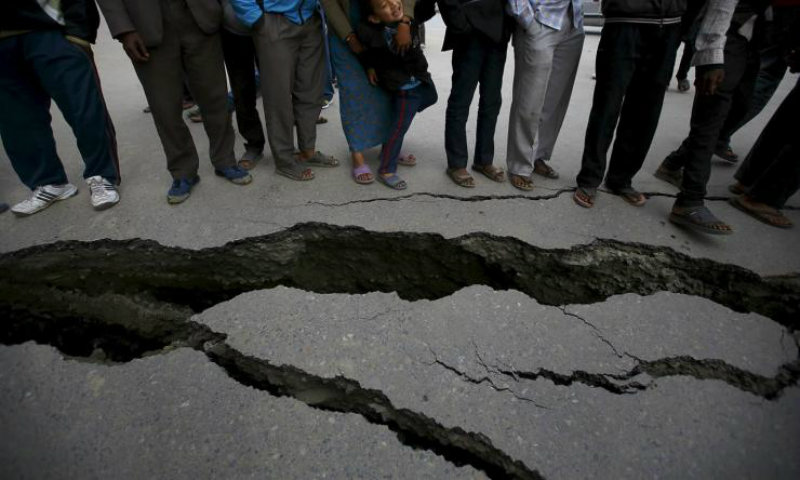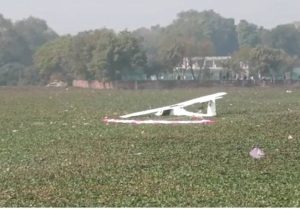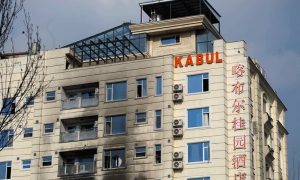BANGKOK (Staff Report) – The United Nations’ Economic and Social Commission for Asia and the Pacific (ESCAP) has declared the Asia-Pacific region the world’s most disaster prone region in 2015.
According to a new UN report, the region accounted for over half the world’s 344 disasters in 2015, resulting in over 16,000 deaths with 59 million people affected. The cost of economic damage to countries in the region was more than US$45 billion, although that figure would be much higher if indirect losses were included.

South Asia was the hardest hit, recording 52 disasters and over 14,000 deaths, with most deaths attributed to the 7.6 magnitude earthquake that hit Nepal in April 2015.
The report revealed that over 700 million people in the region live in cities at ‘extreme’ or ‘high’ disaster risk, and by 2030 this number could reach one billion.
Rapid population expansion and the resulting depletion of ecological buffers such as wetlands and water bodies are a significant concern.

Last year, the urban centres of Bangladesh, India, Indonesia and Japan were affected by severe floods, while the capital city Kathmandu bore the brunt of the economic damage from the Nepal earthquake; report added, widespread floods in Chennai, India in December 2015 illustrate the common challenges faced by many big cities.
Economic damage and loss from the floods in Chennai have been estimated at more than US$10 billion.
The report calls for a shift in the urban governance paradigm from a response-recovery approach to a risk-sensitive development approach.
A prolonged El Niño phenomenon last year drew attention to neglected and often forgotten slow-onset disasters by severely exacerbating effects of heat waves, forest fires, haze, and droughts.

The year 2015 was the hottest year on record and Pakistan and India reported more than 3,400 fatalities from a searing heat wave. Drought caused serious water and food shortages in much of South and South-East Asia and several fatalities in the Pacific. Reservoirs in some countries were at critically low levels and millions of hectares of crops were destroyed.
The report notes that policymakers have an opportunity to rethink how drought is managed. Rather than dealing with the drought only when it becomes an emergency, it should be addressed from a long-term perspective to protect livelihoods.

To build a resilient Asia-Pacific, the report further calls for increased focus on risk-sensitive development, and stronger regional cooperation for managing trans-boundary disasters. It advocates capitalizing on emerging technologies such as UAVs for disaster management but stresses the need to establish regulatory standards for effective use of these technologies.
The report, commending the “Zero Casualty” policy implemented in Philippines as a regional good practice, concludes that disaster risk reduction cannot be achieved without political will and effective leadership at all levels of government.














